Table of Contents
- Direct Answer: Are Spare Ribs Beef or Pork?
- Pork Spare Ribs: The Classic BBQ Cut
- Beef Spare Ribs: The Hearty Alternative
- Pork vs Beef Spare Ribs Comparison Chart
- Best Seasonings for Each Rib Type
- How to Buy Spare Ribs: Pork vs Beef Guide
- Cooking Methods That Work for Each Type
- Frequently Asked Questions About Spare Ribs
- Conclusion: Choosing Between Pork and Beef Spare Ribs
Direct Answer: Are Spare Ribs Beef or Pork?
Yes, spare ribs can be both pork and beef - but they come from different animals and have distinct characteristics. Pork spare ribs are far more common in American barbecue culture, while beef spare ribs are typically found in specialty butcher shops or Asian markets. Understanding the difference between beef spare ribs vs pork spare ribs is essential for selecting the right cut for your cooking needs.
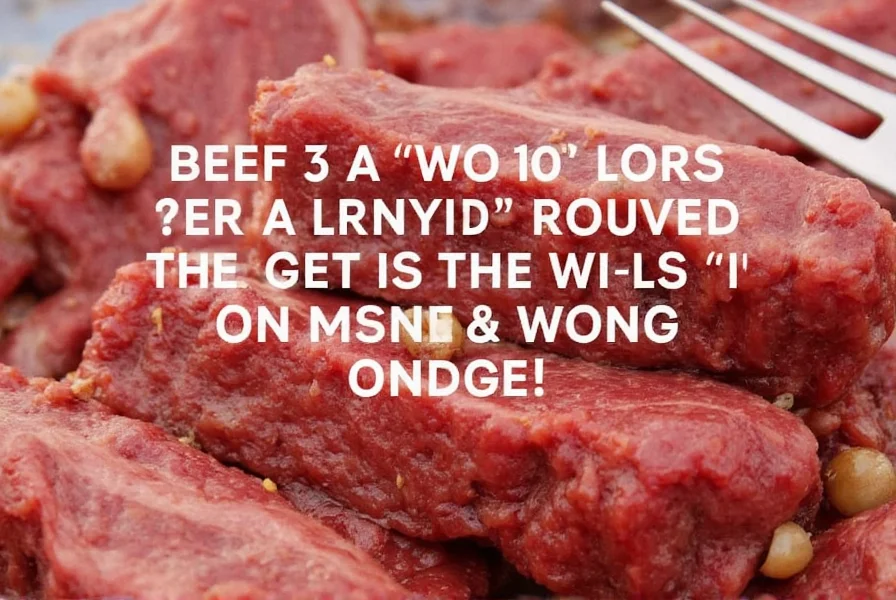
Many shoppers confuse spare ribs with other rib cuts, especially baby back ribs. True spare ribs specifically refer to the lower portion of the rib cage after the baby backs have been removed. Let's explore exactly what makes each type unique and how to select the perfect spare ribs for your next meal.
Pork Spare Ribs: The Classic BBQ Cut
Pork spare ribs are what most Americans picture when they think of barbecue ribs. These come from the belly side of the pig, specifically the lower portion of the rib cage after the baby back ribs have been removed. They're characterized by their higher fat content and curved bone structure.
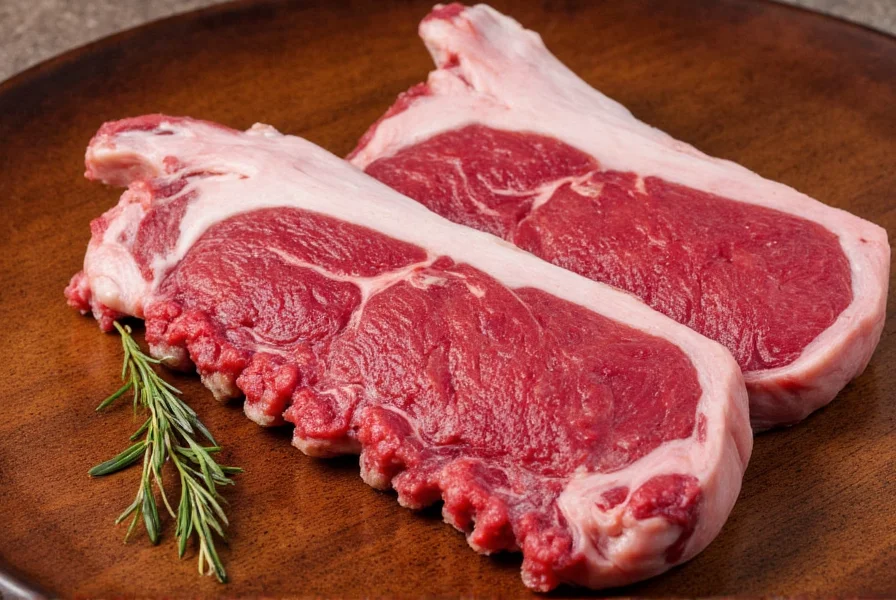
- Flavor profile: Mild, slightly sweet with rich marbling
- Best cooking method: Low-and-slow smoking (225°F for 4-6 hours)
- Texture: Tender with some chew, especially when cooked properly
- Common preparation: Dry rubs, BBQ sauce, or honey glazes
When shopping for pork spare ribs, look for the "St. Louis cut" if you prefer a more uniform shape with the hard bone removed. Traditional spare ribs include the breastbone portion, which can be uneven for cooking.
Beef Spare Ribs: The Hearty Alternative
Beef spare ribs are less common but offer a more intense meaty experience. These come from the cow's lower rib section, specifically the plate area (6th through 10th ribs). Unlike pork spare ribs, beef spare ribs contain more connective tissue and require longer cooking times to become tender.
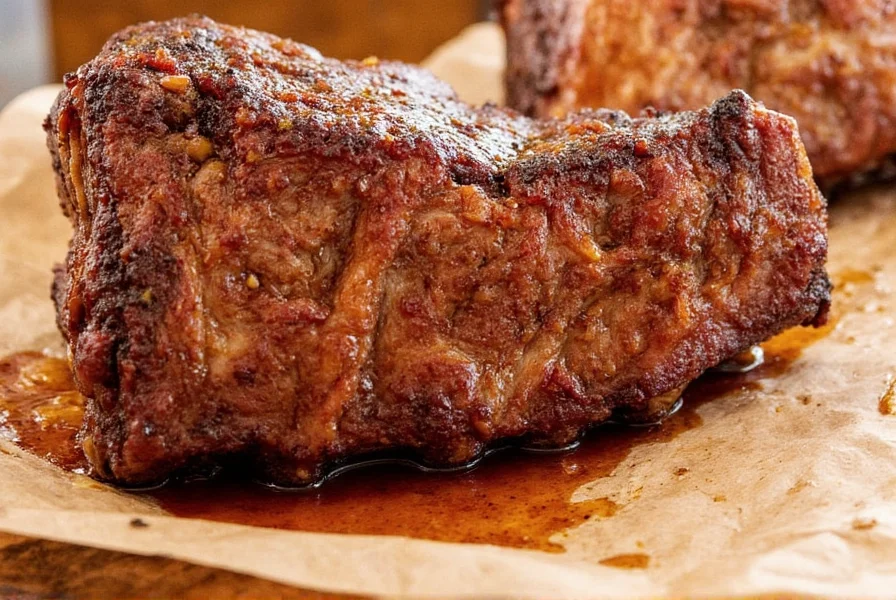
- Flavor profile: Rich, robust beef flavor with deep umami notes
- Best cooking method: Braising or slow roasting (300°F for 6-8 hours)
- Texture: Meatier with substantial chew when properly cooked
- Common preparation: Asian-style marinades, Korean galbi, or red wine braises
Don't confuse beef spare ribs with short ribs - they're different cuts. Beef spare ribs have longer bones with meat between them, while short ribs are cross-cut sections with meat surrounding a short bone segment.
Pork vs Beef Spare Ribs Comparison Chart
| Characteristic | Pork Spare Ribs | Beef Spare Ribs |
|---|---|---|
| Source on animal | Belly side, lower ribcage of pig | Plate area (6th-10th ribs) of cow |
| Size and shape | Curved, medium-length bones | Straighter, longer, thicker bones |
| Meat-to-bone ratio | Moderate meat coverage | High meat content between bones |
| Fat content | Noticeable marbling | Less visible fat, more connective tissue |
| Flavor profile | Milder, slightly sweet | Strong, robust beef flavor |
| Typical cooking time | 4-6 hours at 225°F | 6-8+ hours at 275°F |
| Common culinary uses | American BBQ, smoked ribs | Asian braises, Korean galbi, stews |
| Membrane presence | Yes (should be removed) | No (not typically present) |
Best Seasonings for Each Rib Type
Choosing the right seasonings makes all the difference between good ribs and extraordinary ribs. Here's what works best for each type:
Pork Spare Ribs Seasoning Guide
- Sweet elements: Brown sugar, honey, maple syrup (balances smoke)
- Smoke enhancers: Smoked paprika, chipotle powder (adds depth)
- Aromatic bases: Garlic powder, onion powder, celery salt (builds foundation)
- Heat elements: Cayenne, black pepper (adds complexity)
- Secret ingredient: Mustard powder (helps bind rub to meat)
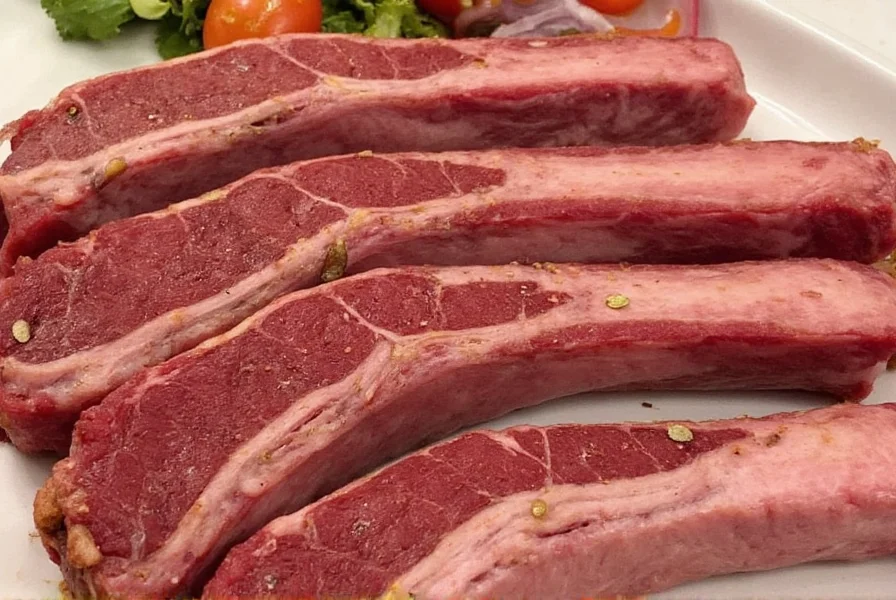
Beef Spare Ribs Seasoning Guide
- Flavor enhancers: Sea salt, black pepper (essential base)
- Umami boosters: Worcestershire powder, mushroom powder
- Warming spices: Cumin, coriander, cloves (complements beef)
- Acid components: Citrus zest, vinegar powder (cuts richness)
- Asian variations: Five-spice powder, ginger, sesame (for braises)
Pro tip: For both types, apply your dry rub at least 12 hours before cooking to allow flavors to penetrate. Wrap in plastic and refrigerate overnight for best results.
How to Buy Spare Ribs: Pork vs Beef Guide
Knowing what to look for when purchasing spare ribs ensures you get quality meat that will deliver excellent results.
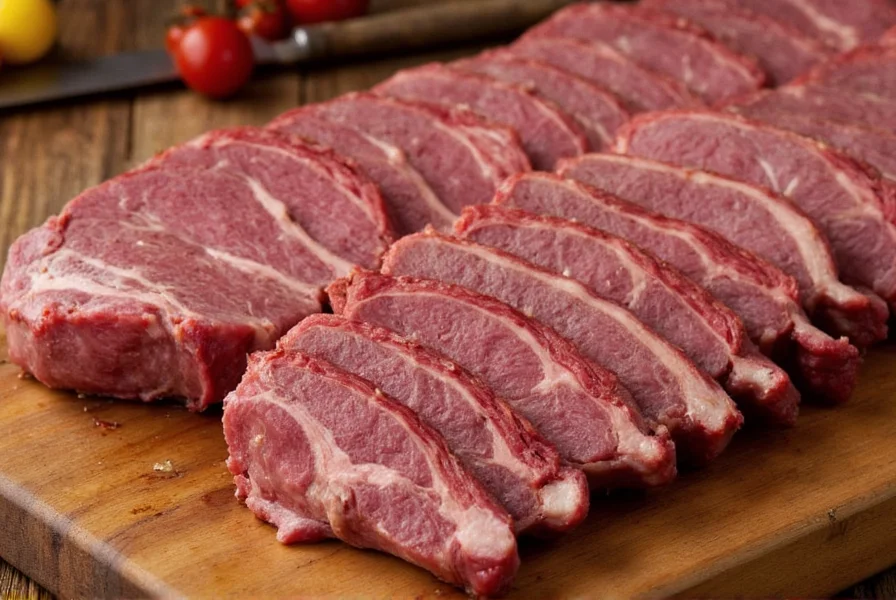
What to Look for in Pork Spare Ribs
- Color: Fresh pork spare ribs should have a pinkish-red hue, not gray or brown
- Fat distribution: Look for even marbling throughout the meat
- Meat coverage: Should have substantial meat between the bones
- Bone appearance: Bones should be clean, not splintered or cracked
- Packaging: Minimal liquid in the package (indicates freshness)
What to Look for in Beef Spare Ribs
- Color: Bright red meat (not darkened or brown)
- Fat quality: White or creamy fat (yellow indicates age)
- Connective tissue: Should appear moist, not dried out
- Bone structure: Look for substantial meat between longer bones
- Butcher expertise: Specialty butchers often have better cuts than supermarkets
Recommended Pork Spare Ribs
- Niman Ranch: Heritage breed, no antibiotics, exceptional marbling
- Smithfield Premium: Consistent quality, widely available
- Local butcher: Ask for "full rack" for traditional spare ribs
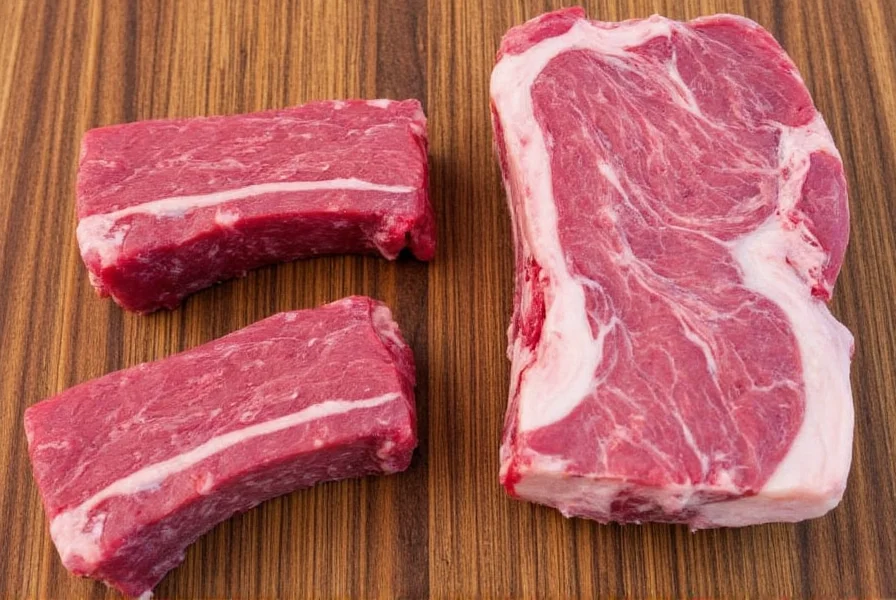
Recommended Beef Spare Ribs
- Snake River Farms: American Wagyu, exceptional marbling
- USDA Prime grade: Best supermarket option for flavor
- Local Asian market: Often carry authentic cuts for galbi
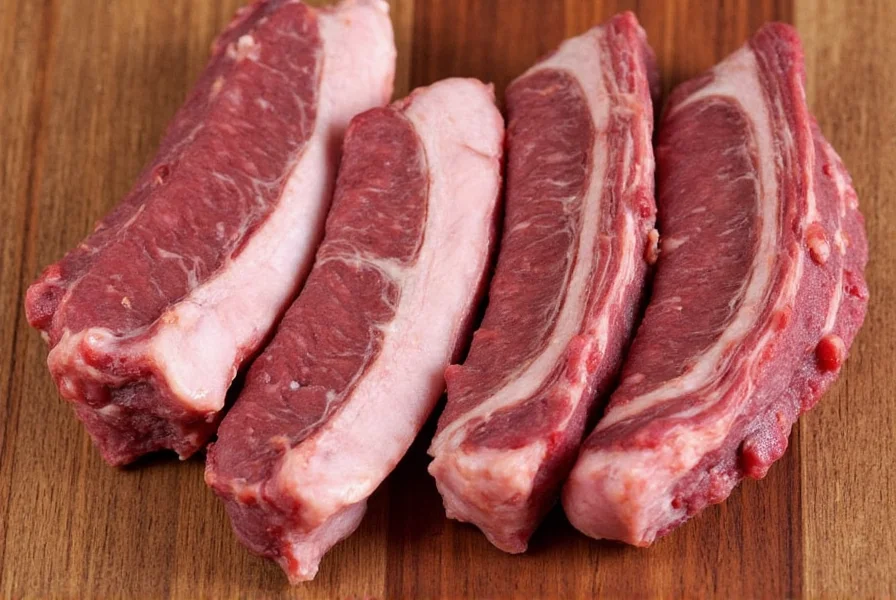
Cooking Methods That Work for Each Type
Understanding the proper cooking techniques for each rib type transforms good ribs into exceptional ones.
Pork Spare Ribs Cooking Guide
- Membrane removal: Peel off the silver skin on the bone side for better texture
- Dry brine: Salt the ribs 12-24 hours before cooking for deeper flavor
- Temperature control: Maintain 225°F for 4-5 hours for perfect tenderness
- The bend test: When the rack bends easily at 180°F internal, they're done
- Finishing touch: Glaze with sauce during the last 30 minutes of cooking
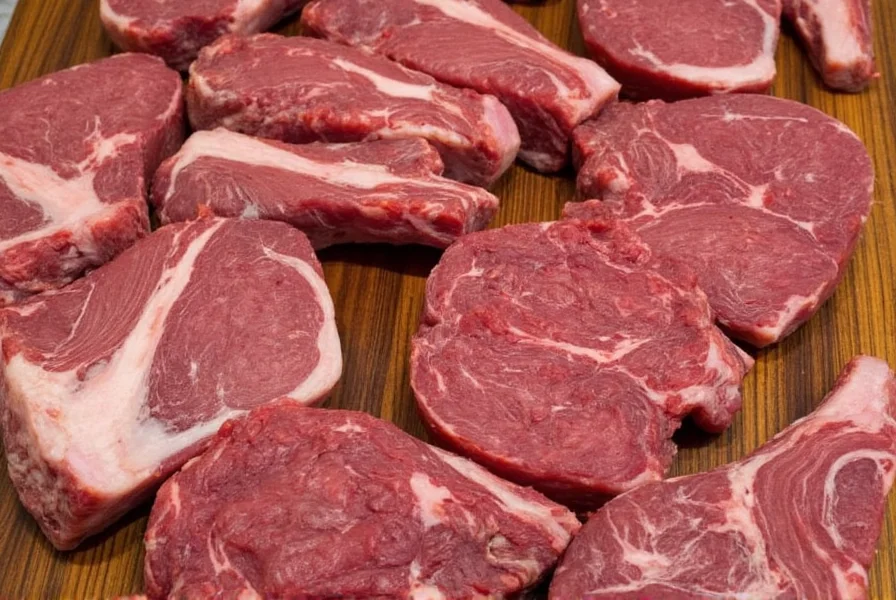
Beef Spare Ribs Cooking Guide
- Searing first: Brown all sides before slow cooking for flavor development
- Moisture is key: Cook in liquid (broth, wine, or sauce) for tender results
- Temperature guide: 275°F for 6-8 hours until internal temperature reaches 200°F
- Resting time: Let rest 20-30 minutes before serving for juicier meat
- Serving suggestion: Cut between bones for individual portions
Frequently Asked Questions About Spare Ribs
Are spare ribs always pork?
No, spare ribs can be either pork or beef. Pork spare ribs are more common in American barbecue traditions, but beef spare ribs exist as a distinct cut from the cow's plate section. The confusion often comes from regional naming differences and the dominance of pork ribs in popular barbecue culture.
How can you tell pork and beef spare ribs apart?
Pork spare ribs have curved bones with moderate meat coverage and visible fat marbling. Beef spare ribs have straighter, thicker bones with more substantial meat between the bones and less visible fat (but more connective tissue). Pork ribs are generally smaller overall than beef spare ribs.
Which cooks faster, pork or beef spare ribs?
Pork spare ribs cook faster than beef spare ribs. Pork typically needs 4-6 hours at 225°F, while beef spare ribs require 6-8+ hours at similar temperatures because of their denser meat structure and higher connective tissue content that needs to break down.
Do you need to remove the membrane from both types of spare ribs?
Only pork spare ribs have a membrane (the silverskin) that should be removed before cooking. Beef spare ribs don't have this membrane, so removal isn't necessary. The membrane on pork ribs can become tough and prevent seasonings from penetrating the meat.
Can I substitute pork spare ribs for beef in recipes?
You can substitute but with adjustments. Pork spare ribs work in some beef rib recipes with modified cooking times (shorter for pork), but beef spare ribs generally don't work well in traditional pork rib recipes due to their longer required cooking time. Asian galbi recipes specifically require beef spare ribs for authentic results.
Why are my spare ribs tough?
Tough spare ribs usually result from insufficient cooking time or temperature. Pork spare ribs need 4-6 hours at 225°F, while beef spare ribs need 6-8+ hours. The meat won't become tender until collagen breaks down into gelatin. For beef spare ribs especially, low-and-slow cooking is essential for tender results.
Conclusion: Choosing Between Pork and Beef Spare Ribs
To definitively answer the question "are spare ribs beef or pork" - the answer is both exist as distinct cuts with different characteristics. Pork spare ribs dominate American barbecue culture with their curved bones and sweet-smoky flavor profile, while beef spare ribs offer a more substantial meat experience popular in international cuisines.
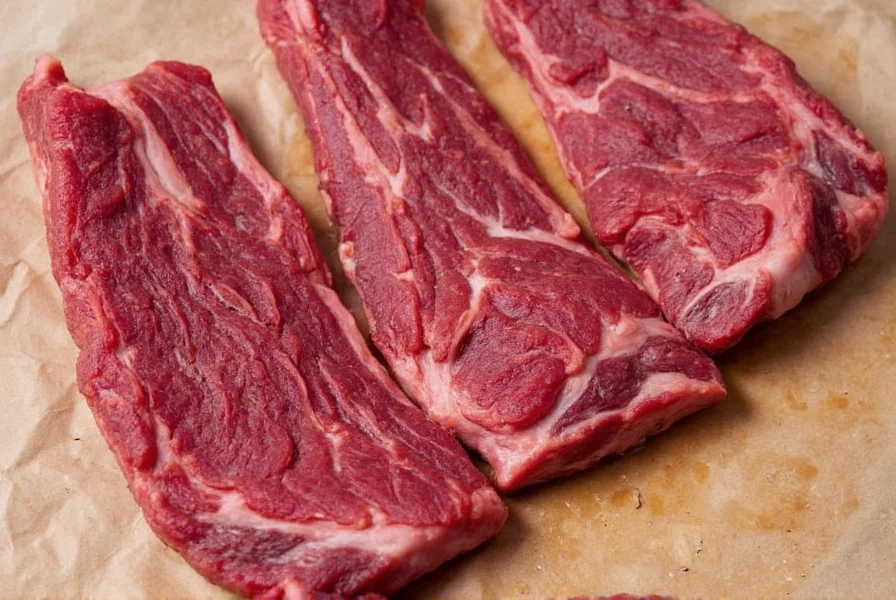
Choose pork spare ribs when you want traditional barbecue with shorter cooking time and milder flavor. Opt for beef spare ribs when you're preparing international dishes like Korean galbi or want a more intense meat experience. Understanding these differences ensures you'll select the perfect ribs for your next culinary adventure, whether you're smoking, braising, or grilling.

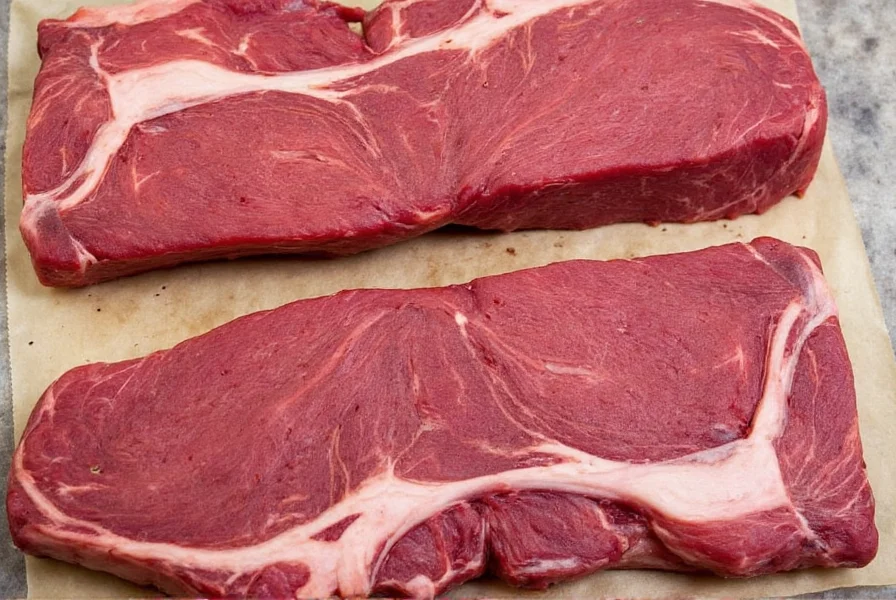









 浙公网安备
33010002000092号
浙公网安备
33010002000092号 浙B2-20120091-4
浙B2-20120091-4